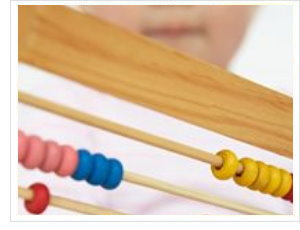Introduction

Can you really teach math to a baby? And why would you want to?
The possibility of introducing babies to mathematical concepts is an intriguing one, if you believe in right-brain learning.
The work of right-brain educators Glenn Doman and Makoto Shichida shows that very young children can perceive quantity in a way not open to most adults. Children below the age of two and half can, for instance, tell that they are looking at 48 triangles - and not 49 or 47. They can do this without counting or guessing. To find out more about this amazing natural ability and what it means for your child's math lessons, go to Perceiving Quantity (Subitizing).
Ready to get started teaching your baby? Head directly to Flash Method, which covers the Doman and Shichida methods, or Computer-Based Learning, which describes how you can teach your child using PowerPoint or BrillKids' own Little Math Learning System.
The school system is not geared to teach mathematics as well as it should be taught. The proof is that far too many people leave school with the conviction that they are "no good" at math. This state of affairs may be the norm, but it is far from acceptable. Indeed, the importance of math as a core subject, and life skill, can hardly be overstated.
At BrillKids, we believe that any child of average IQ can grow up feeling at home with numbers and numerical concepts. Just as the gift of early literacy can give children a lifelong love of reading, so early math literacy can virtually ensure children leave school with a high level of confidence in their own mathematical ability.
To learn more about the importance of starting math lessons from a young age, go to Why Teach Math Early?
